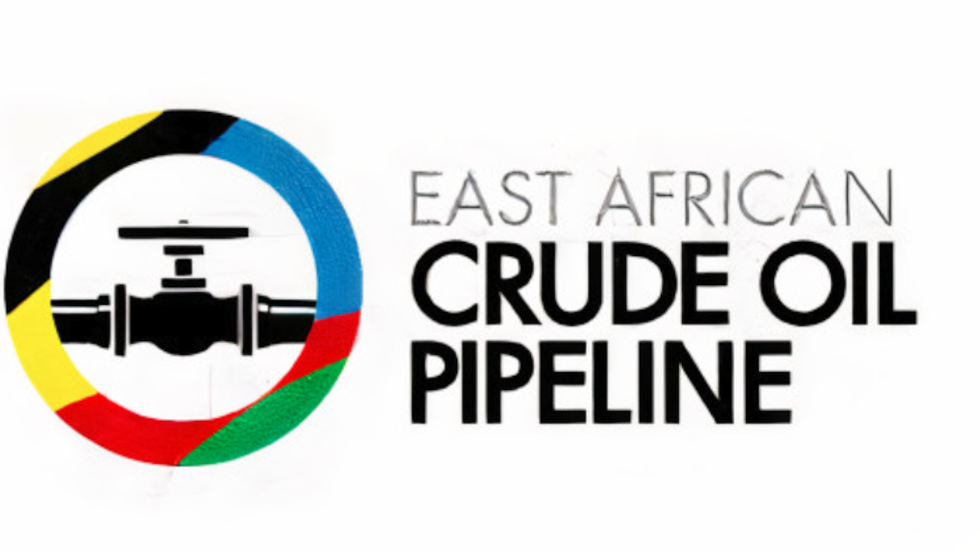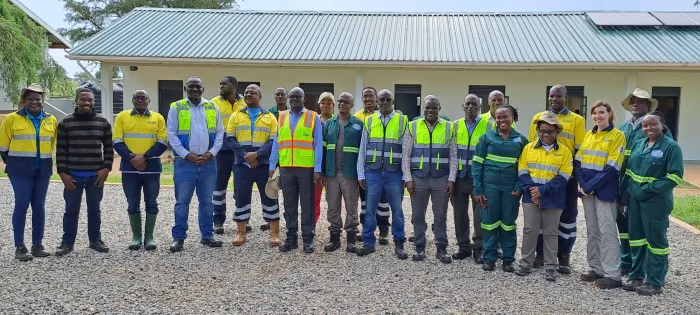Uganda anticipates its inaugural oil production in 2025, with the East African Crude Pipeline (EACOP) playing a pivotal role in this endeavor. Amidst this progress, it’s crucial to uphold certain factors, foremost among them being the environment.
The EACOP is expected to cost a total of USD $750 million, and will run through the 10 districts of Hoima, Kikuube, Kakumiro, Kyankwanzi, Gomba, Mubende, Lwengo, Sembabule, Rakai and Kyotera.
To ensure its preservation and safeguard against any potential damage, the National Environment Management Authority (NEMA) Board of Directors has concluded a weeklong visit to inspect EACOP worksites amidst the pipeline’s construction.
In undertaking this visit, the Board had a number of objectives, including to:
- Familiarize themselves with the work of EACOP
- Identify how EACOP mitigates or deals with issues of noise, vibrations, compensations and safety of workers
- View the current developments approved by NEMA
The construction progress of EACOP is notable, with the pipeline spanning more than 1,443 km from Kabaale – Hoima in western Uganda to Chongoleani Peninsula near Tanga Port in Tanzania. Uganda itself hosts 296 km, just about 20 percent of this extensive pipeline.
Uganda is diligently working to meet the 2025 deadline, with ongoing efforts focused on various factors, including environmental and social impacts. Recognizing the significance of these considerations, the NEMA organized a field visit to the project sites where EACOP operations in Uganda are underway.
Dr. Barirega Akankwasah, the Executive Director NEMA, clarified the purpose behind this timely visit, emphasizing the importance of closely monitoring and addressing environmental and social implications throughout the project’s implementation.
Dr. Akankwasah said: “Amidst the EACOP progress, NEMA’s supervisory and monitoring role emerges as a critical safeguard against environmental degradation and resource depletion. As the custodian of Uganda’s natural heritage, NEMA ensures that EACOP adheres to stringent environmental standards, mitigating potential risks and minimizing ecological footprint. Through rigorous oversight, NEMA upholds the principles of sustainability, preserving biodiversity and ecosystem integrity along the pipeline route.”

The importance of NEMA’s oversight cannot be overstated, especially in Uganda’s ecologically sensitive regions. From the pristine forests of Bunyoro to the fertile plains of Rakai, the pipeline’s path traverses diverse ecosystems teeming with life.
During the visit led by the Chairman of the NEMA Board Prof. James Okot-Okumu, and accompanied by board members, the EACOP team, under the guidance of Deputy Managing Director John Bosco Habumugisha, provided the visitors with firsthand insights into project implementation. They emphasized their commitment to upholding environmental and social standards throughout the construction of the pipeline.
“We are here to work with EACOP to help them deliver Uganda’s oil with minimum damage to our environment. NEMA’s proactive measures, including environmental and social impact assessments and monitoring protocols, safeguard fragile habitats and protect water sources vital to local communities,” Prof. Okot-Okumu said.
The NEMA delegation thoroughly examined key sites along the EACOP route in Uganda. Their journey featured stops at the main camp and pipe yards, where initial civil works were in progress. A notable highlight was the Kabajjo Memorial Primary School reconstructed as compensation for part of the school block that the pipeline ate up. This showcased EACOP’s dedication to corporate social responsibility, and willingness to compensate the affected communities
Mr. Habumugisha shared updates on the compensation process, stating that nearly all the 3,660 individuals impacted by pipeline activities have already received compensation, underscoring EACOP’s commitment to fair treatment and compensation for affected stakeholders.
The visit provided an opportunity to highlight advancements in meeting Environmental and Social Impact Assessment obligations, showcasing concrete actions toward environmental and social stewardship. Through fostering partnerships between regulatory entities and project stakeholders, these endeavours promote sustainable energy infrastructure development, with a focus on community and ecosystem welfare.
By: Mr. William Lubuulwa (Senior Public Relations Officer)


